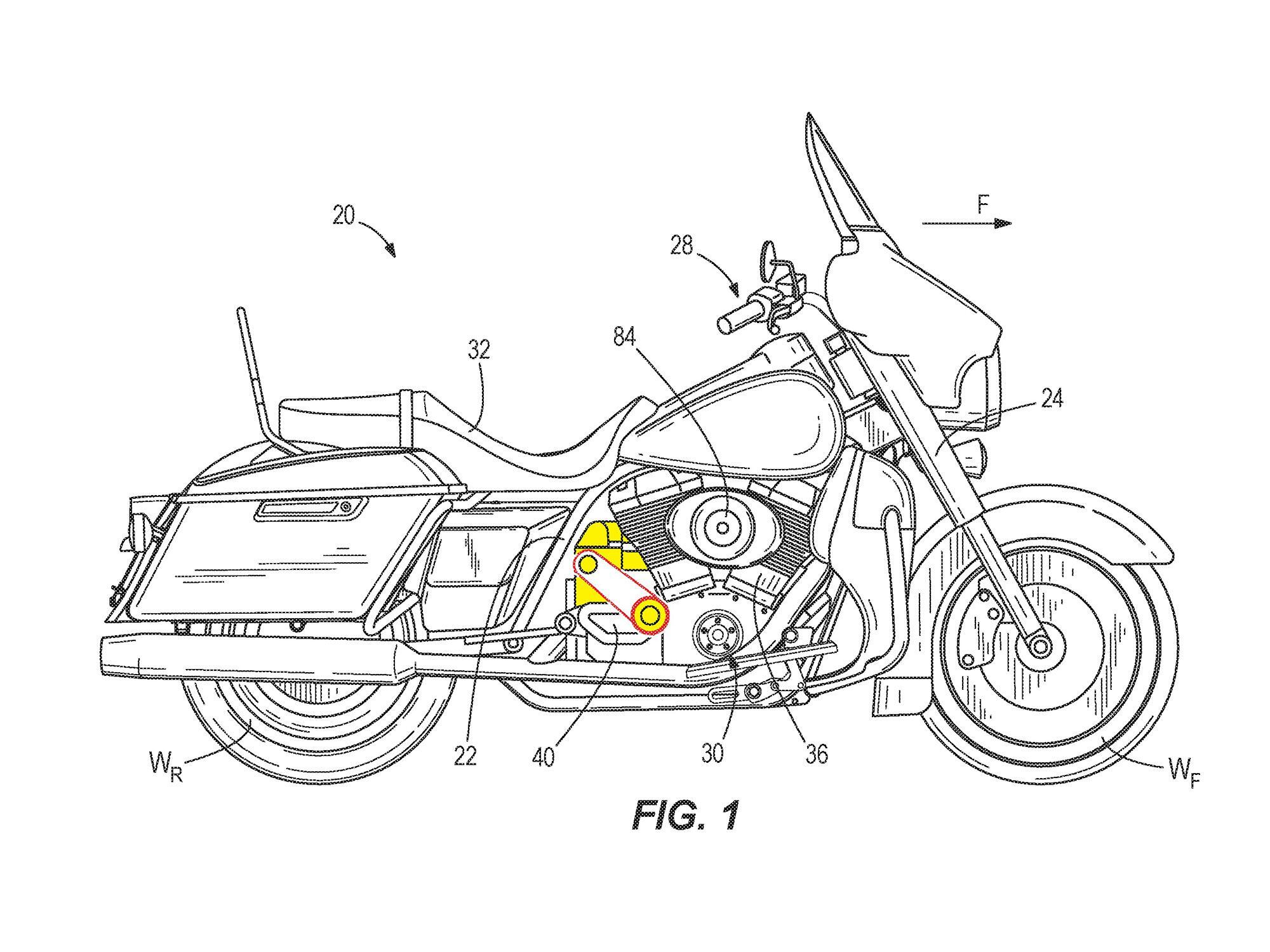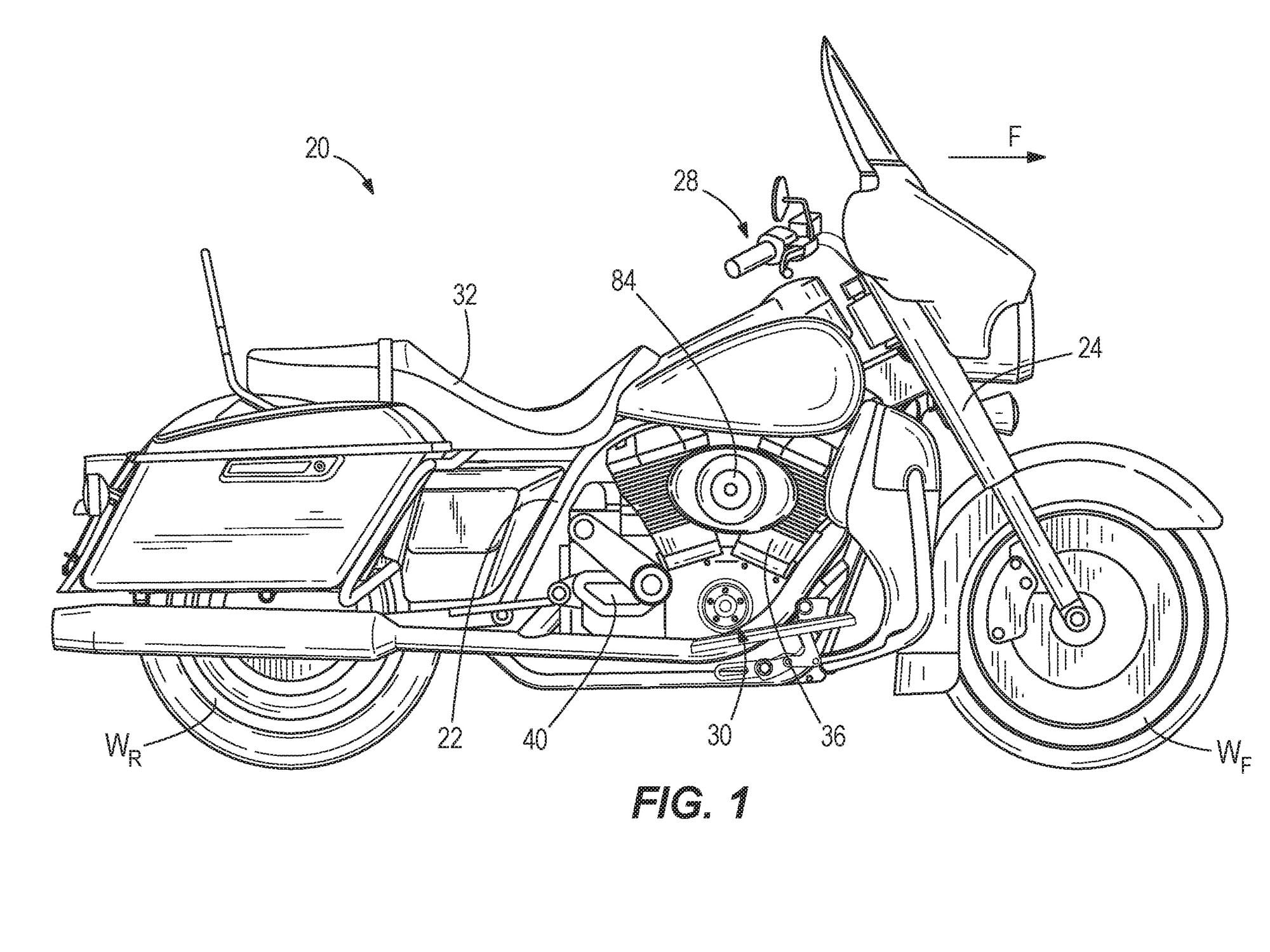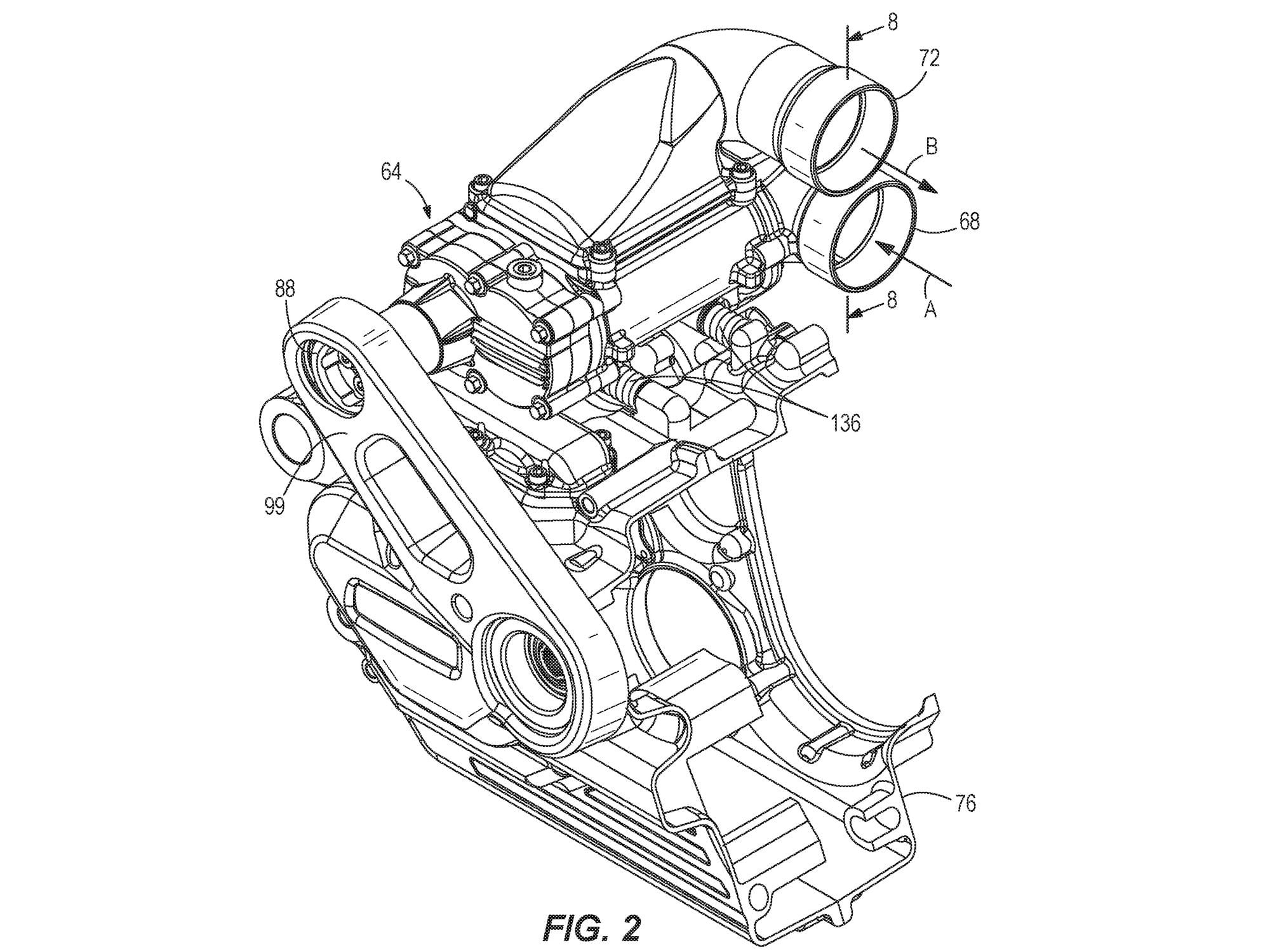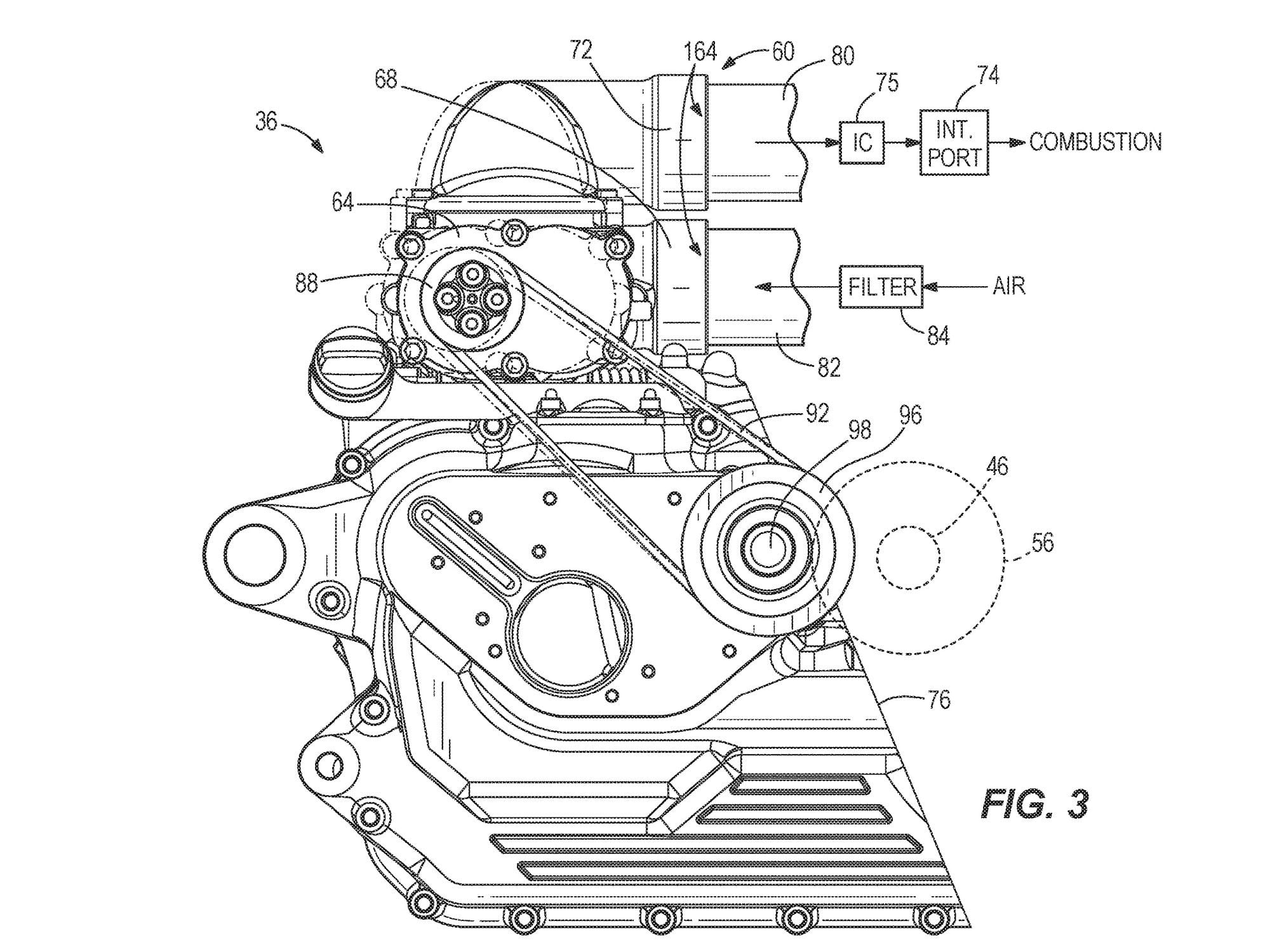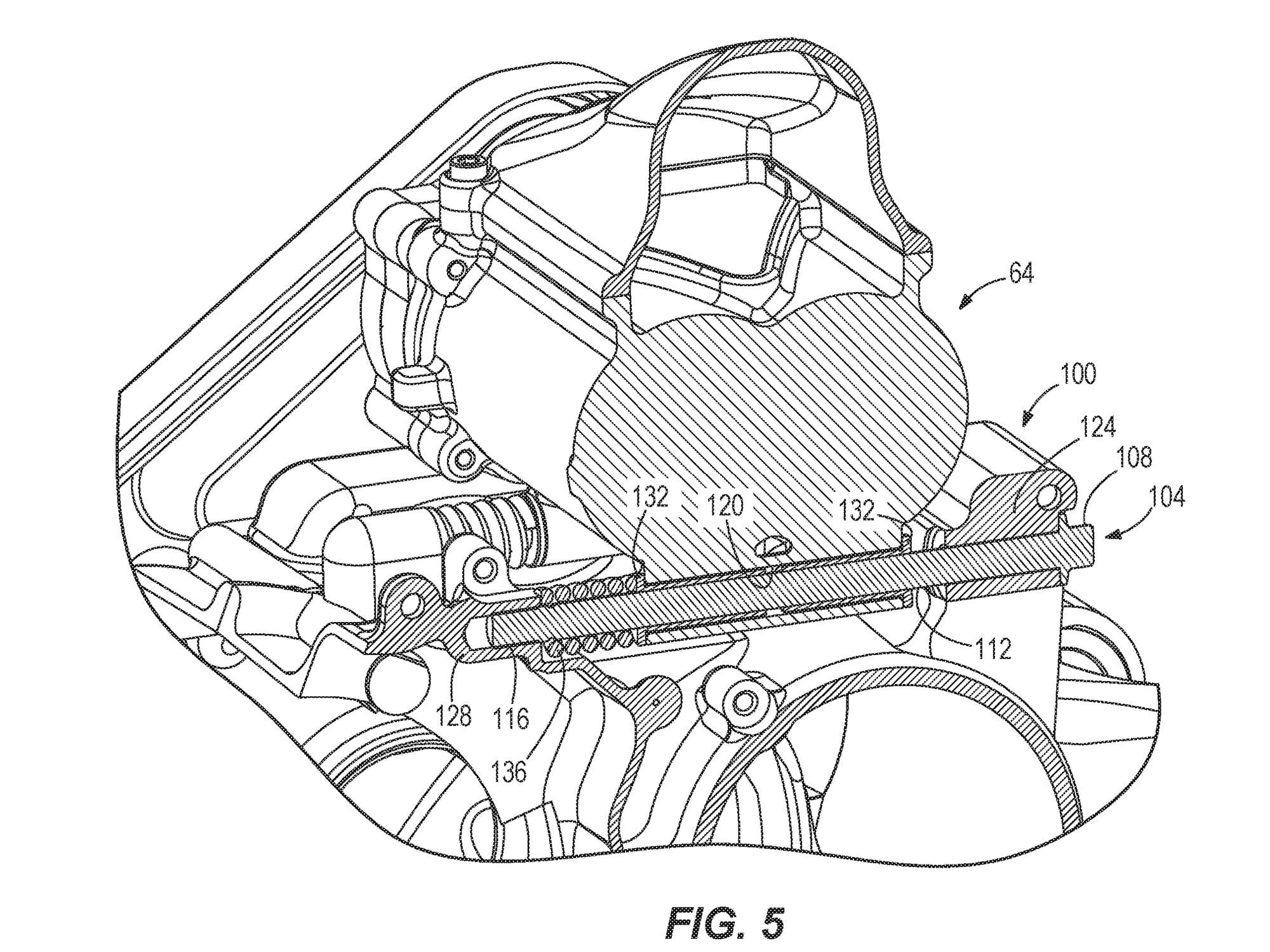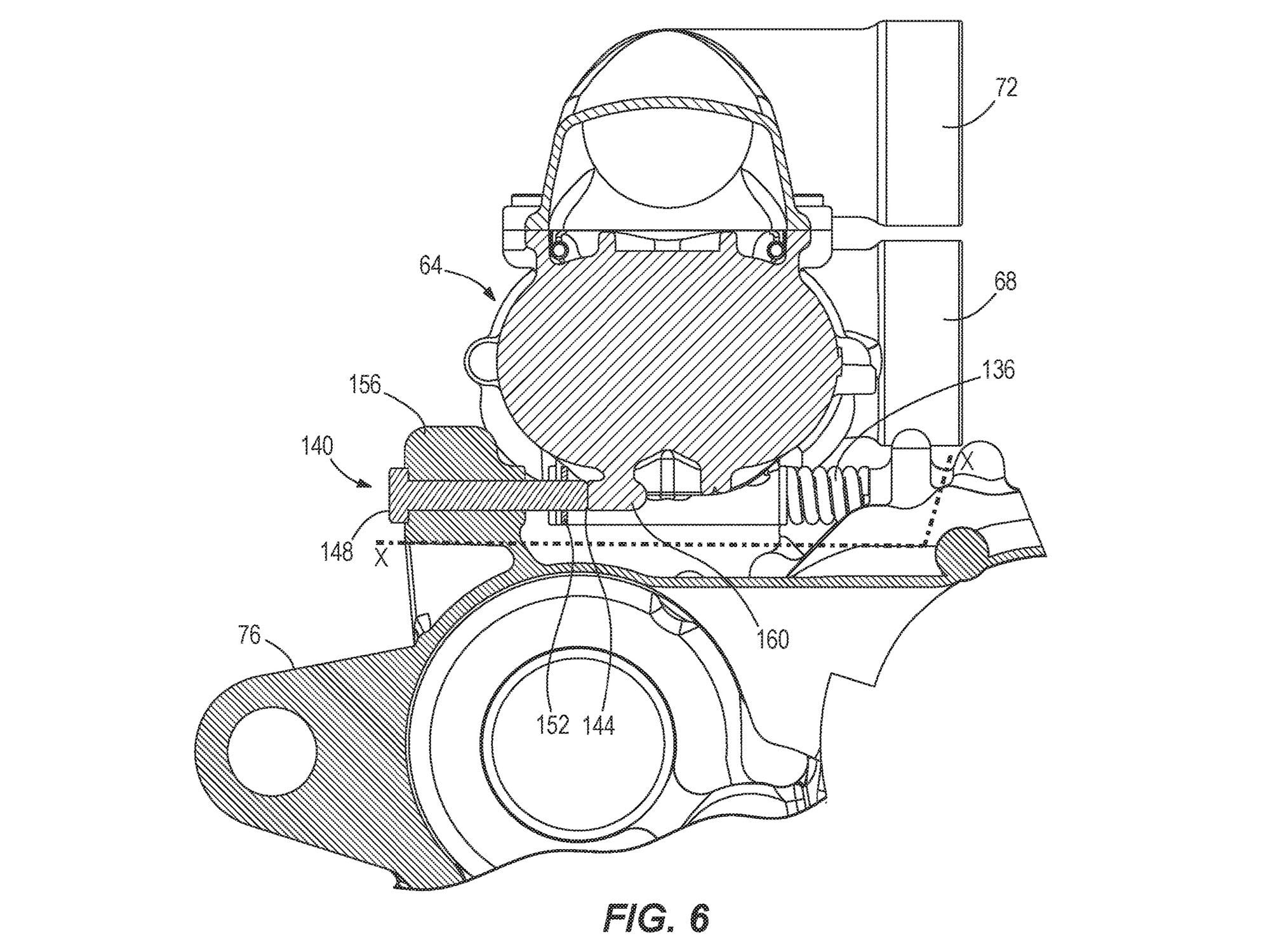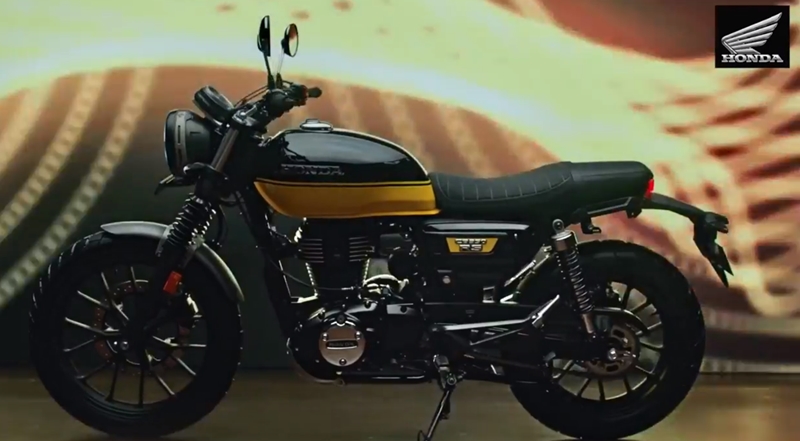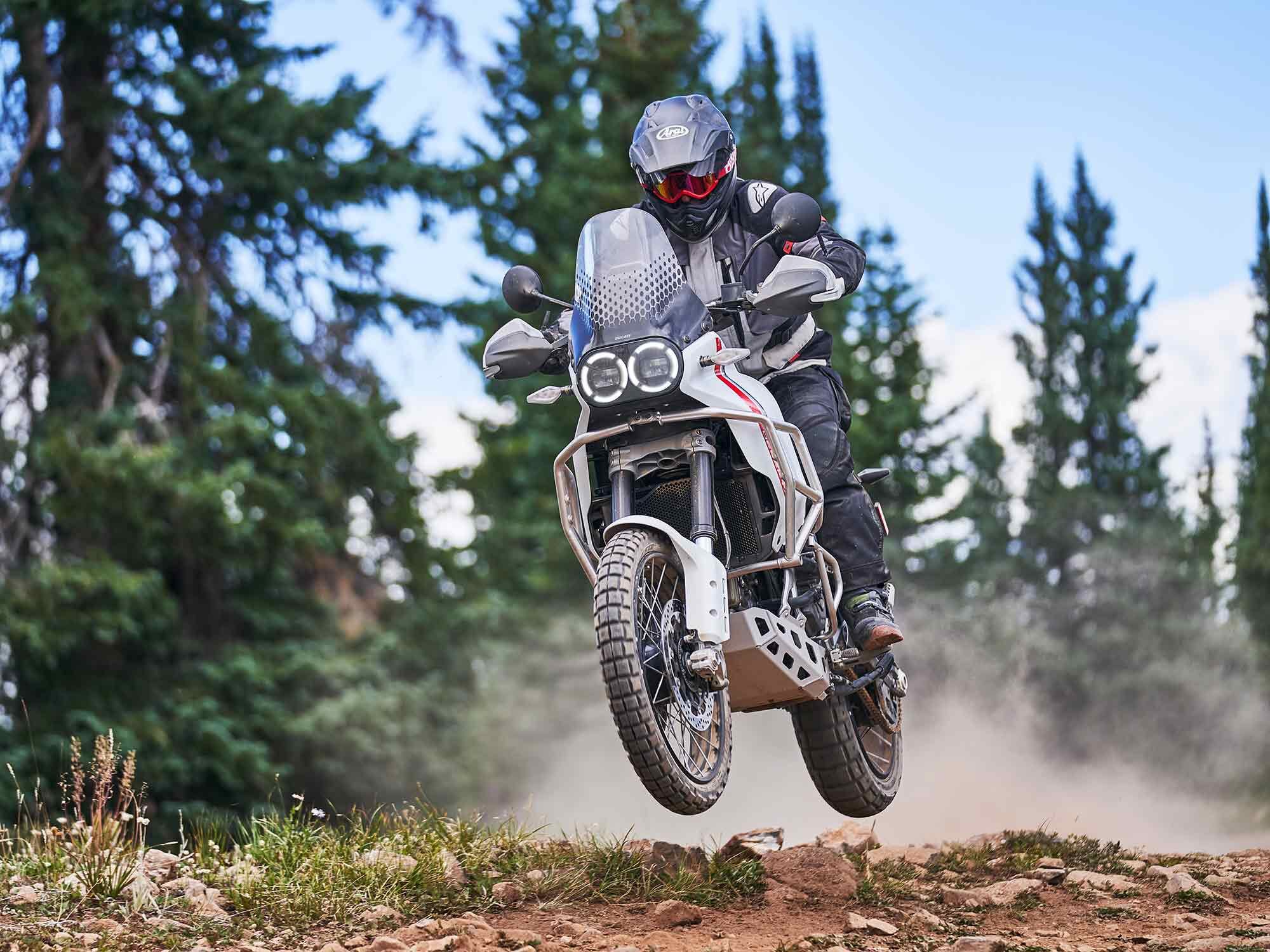Newly published patents show Harley is deep into the development of a supercharger for its V-twins. (Harley-Davidson/)
The tradition of tuning runs deep with Harley-Davidson, and as a result it’s one of the few bike firms to offer serious performance-increasing components in its Screamin’ Eagle parts range. Now, new information has come to light showing that the company has been working on a supercharger that could bring an additional boost to its traditional twins. The project has emerged via a patent that was first filed in 2019 but has now been granted and published, showing a supercharger designed to sit above the gearbox, behind the cylinders, and driven by an external belt from a power take-off shaft that’s geared to the crankshaft.
As it stands, the design is intended to be mounted behind the cylinders and driven by an external belt. (Harley-Davidson/)
Although the system could be developed with the idea of attaching it to a standard production bike, Harley’s long-running dedication to aftermarket performance parts means that it’d likely be more profitable to offer it as an accessory. While virtually any bike company will sell you an exhaust or cosmetic accessory, few go into the depth of modification options that Harley-Davidson does. The firm already sells bolt-on big-bore kits, with replacement cylinders and pistons in a variety of sizes, and even entire replacement engines, right up to 131ci versions of the Milwaukee-Eight. It’s much easier to imagine a supercharger appearing in the Screamin’ Eagle catalog than on a stock showroom bike.
Drawings show a conventional supercharger, though the unit is designed to slide on rails to keep the belt tensioned. (Harley-Davidson/)
The supercharger itself isn’t the focus of Harley’s patent, either. The patent shows a conventional positive displacement supercharger—a design more suited to making low-end power and vast plateaus of torque, as opposed to the centrifugal blower used on Kawasaki’s H2 models, which relies on revs and targets peak power. What’s new with the H-D unit is the way it’s mounted.
To account for the movement, intake and outlet plumbing is also fitted with sleeved sections. (Harley-Davidson/)
With a belt taking drive from the engine to the supercharger, there’s a need to keep it tensioned correctly. Normally you might expect a separate tensioner in the form of a free-spinning idler pulley that pushes against one of the belt’s runs, but Harley’s approach is different. Instead, the entire supercharger is mounted on a pair of rails that allow the whole unit to slide back and forth. Springs at the front of the rail push the blower backward, keeping a constant tension on its drive belt without an idler pulley, even as the belt ages and stretches, or if the drive pulleys are changed to alter the blower’s speed.
Springs at the front of the rail work to push the blower backward and keep tension on the belt as it moves. (Harley-Davidson/)
Allowing the supercharger to move brings the added complication of how to keep its intake plumbing attached to the air cleaner, and its outlet conduit to the engine’s intake port. The obvious solution might be to use flexible or bellows-style hoses but Harley’s patent opts for rigid pipework with sliding sections instead. The supercharger’s intake and outlet are parallel with the rails the blower slides on, with sleeved sections that allow the duct piping to lengthen or shorten as the blower moves. O-rings provide a seal between the sliding sections of tubing. In addition to looking better than rubber bellows, this system promises to give a longer life.
The supercharger project has been in development for years, so it’s unclear whether it’s made the transition into H-D’s new Hardwire strategy. (Harley-Davidson/)
Will the supercharger appear on a production model, or in the Screamin’ Eagle parts list? The final decision clearly lies with Harley-Davidson. However, it’s worth noting that the project was underway during Matt Levatich’s tenure as Harley CEO, and many of the wilder plans that Harley forged during that era have been reversed since Jochen Zeitz took the reins early last year. Only time will tell whether the supercharger project has survived the transition.


